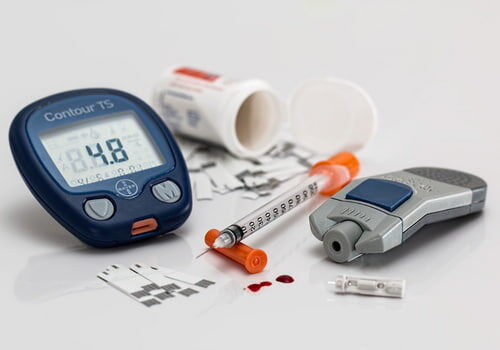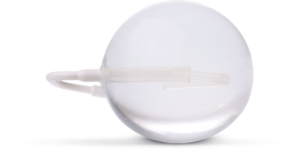How Can I Follow a Diabetes Eating Plan?
Developing and adopting a diabetes eating plan can be challenging; especially if you are not accustomed to dramatic lifestyle changes. Such a modification is nonetheless extremely important in terms of your health and longevity. There are still several issues to address if you wish to start off in the right direction.
For example, it is wise to create a diabetes eating plan list of foods. You will also need to known what substances to avoid as well as how to schedule your meals in the most efficient manner. If you feel slightly overwhelmed, the advice outlined below should provide additional inspiration.
What are the Best Foods to Include Within an Eating Well Diabetes Meal Plan?
One of the first topics to address involves the presence of carbohydrates, as these substances will impact your blood sugar. Always make it a point to consume foods that contain complex carbs, as these raise and lower glucose levels over time as opposed to suddenly. Here are some foods which contain complex carbohydrates:
- Brown rice
- Barley
- Quinoa
- Legumes
- Green leafy vegetables
- Fresh fruits
- Sweet potatoes
Of course, you should also consume lean meats and fish in order to obtain the protein that your body requires. Drinking plenty of water will likewise ensure that you remain hydrated throughout the day.

Your Healthy Eating Plan for Diabetes Type 2: Substances to Eliminate
The symptoms associated with diabetes can be dramatically exacerbated if you choose to consume the wrong foods. Indeed, some substances may cause this condition to worsen and even place your long-term health at risk. Adopting a diabetes diet to create your healthy eating plan will therefore involve highlighting certain foods to avoid. The following foods should be eliminated sooner as opposed to later:
- Foods containing trans fats
- White bread
- Deep-fried foods
- Meats associated with high levels of fat (such as ground beef, hot dogs, sausages, and bacon)
- Regular (processed) cheeses
- Artificially sweetened cereals
Above all, make it a point to eliminate foods containing processed sugar from your diet. Examples include candy bars, dried (artificially sweetened) fruits and soft drinks. Ingredients such as sucrose and fructose can wreak havoc upon your glucose levels.
Creating a Realistic Meal Schedule
Your personalised diabetes eating plan should also take into account how often you consume a meal as well as when these sessions will occur. Of course, this will partially involve your daily schedule as well as when you have the time to eat without feeling rushed.
There are still some useful takeaway points to address. It is normally better to eat smaller meals throughout the day as opposed to consuming a handful of large meals. Staggered schedules will help to promote healthy digestion and they can also prevent negative side effects such as cramps and/or bloating.
Regularity is the next primary concern. In this respect, we are referring to when the meals themselves are consumed. We need to remember that diabetics can sometimes experience profound swings in their glucose levels. The chances of this occurring will be much higher if foods are consumed suddenly and at uneven intervals.
Most experts therefore recommend eating every three hours. This will help to “train” your body so that it can better predict when insulin needs to be produced; dramatically decreasing glucose fluctuations.

Patience and Commitment with your diabetes eating plan
Creating this type of meal plan is often easier said than done. After all, the chances are high that you will need to modify your daily routine to a certain extent. The good news is that we are all creatures of habit. You will soon become accustomed to such changes and their positive overall effects cannot be denied.
What if you are diabetic and have recently been employing the Spatz3 adjustable gastric balloon to reach your weight-loss goals? If so, all of the advice outlined above can be followed. We still recommend speaking with your physician. He or she may be able to provide additional suggestions that are specifically targeted towards your unique dietary requirements.
With time and a bit of effort, there is no doubt that you will experience positive results. Do not hesitate to bookmark this article for additional inspiration or if you wish to develop a diabetes eating plan without becoming confused and frustrated.
Are you serious about losing weight and keeping it off? If you have a weight loss mindset, contact Spatz Medical to consult with us and to determine if our revolutionary Spatz3 Adjustable Gastric Balloon can help you lose weight and never find it again.


